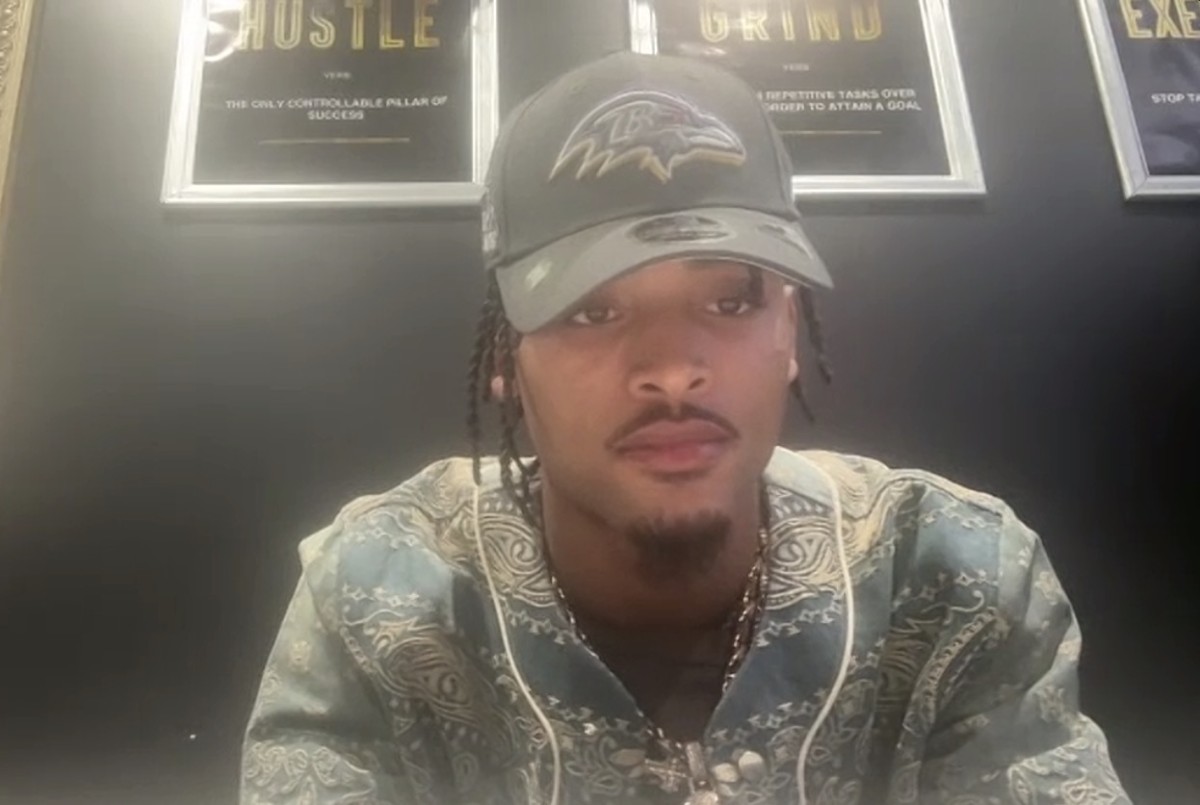Orioles baseball. Everyone knew Cal Ripken’s career clock was slowly winding down. And the team that Angelos, Gillick and Miller would put on the field in 1998 would reflect the rising prices with the highest payroll in the sport. The Orioles had nearly $81 million of salary, doubling what Angelos was spending just four years earlier when he purchased the team.
Other MLB owners were dumping salaries, licking their wounds from a devastating labor halt just three years earlier. Many were simply trying to hold the line on rising expenditures and/or take advantage of the new revenue sharing that penalized teams who spent too much. However, always the maverick, Angelos was spending money like a 1950s sailor on Baltimore Street.
The Orioles were saddled with the come-uppance of all of their previous big ticket signings – Mike Mussina, Rafael Palmeiro, Cal Ripken and Roberto Alomar were making more than $6 million and Brady Anderson and Jimmy Key were making in excess of $5 million. Gillick then added veteran pitcher Doug Drabek and an on-his-last-leg Joe Carter in December 1998.
Despite the turmoil, Baltimore baseball interest was at a fever pitch. The Ravens debuted in Baltimore with two dud seasons at Memorial Stadium and would be opening their new purple stadium in the fall of 1998. But the Orioles were twice nearly removed from the World Series and returning the best and priciest roster in the sport. The team that went wire-to-wire in the AL East in 1997 was the favorite in 1998 to be a World Series champion, despite the turmoil with management.
After losing on Opening Day, the O’s won seven in a row and started the season 10-2. Then, the losing began. Long, awful stretches of awful baseball. On May 15, 1998, Mike Mussina took a wicked line drive off of his face vs. Sandy Alomar of the Cleveland Indians. The Orioles ace suffered a broken nose, a broken orbital bone and somehow miraculously only missed six starts.
On May 16th, the team fell under. 500.
On May 19th, Armando Benitez purposely drilled Yankees first baseman Tino Martinez and a bench-clearing brawl that has since become an internet video legend broke out at Yankee Stadium. Benitez was clocked by outfielder Darryl Strawberry, who was then given his own strawberry by Alan Mills. Blood spilled, the overflowing feud between Peter Angelos and George Steinbrenner was solidified even further, and the Orioles did what they had done the previous six nights. They lost.
The ensuing drama regarding Benitez was a public embarrassment to the Orioles. He was scorned by his teammates, relegated to the minors and publicly flogged, New York-style. This was a kid who was still calling his mother every night in the Dominican and who literally couldn’t write his name for an autograph when he first got to Baltimore. He was almost illiterate to American life and language. And he was making a million dollars and dealing with the pressures of the big leagues in a country and world of bright lights very foreign to him.
Baseball provides an incredible education regarding the culture for anyone who is the industry.
The baseball world was becoming a bigger place. The Spanish language was opening doors to some of the best players in the world. Having the right connections in Asia was becoming more important every day. Having scouts who could identify players but also coaches (and sometimes father figures) and executives and managers that could earn the trust of a Latin ballplayer was paramount. And with the non-Hispanic players, it became a very delicate balance.
During this period of time – now on their fourth manager with varying degrees of competence, education, expertise, world view, leadership skills, baseball strategy and gamesmanship – and in the midst of a “must win yesterday” philosophy, it was a grinder for a sensitive, immature kid like Benitez who was in over his head but had a lightning rod right arm.
But what was more disturbing than the poor sportsmanship and intent was the poor play on the field for the Orioles. After the incident, the Birds lost two more to the Yankees, who were 31-9. The Orioles were 20-26.
The Yankees never looked back and won 114 games in 1998. The Orioles stumbled through a summer teetering around .500. The only highlight was a 30-game hitting streak by Eric Davis that otherwise went unnoticed because the Orioles were 25 games behind the Yankees at the All Star break. In May, with the team seven games under .500, Gillick dangled a trade that would send pending free agents Rafael Palmeiro and Roberto Alomar to the New York Mets for Carlos Baerga, John Olerud and Dave Milcki. Just like Gillick’s efforts two years earlier in the failed trades of David Wells and Bobby Bonilla at the summer deadline, the deal with the Mets was quickly vetoed by Angelos. The owner disliked Baerga and didn’t agree with his baseball evaluators that Palmeiro and Alomar were giving less than 100% effort.
By the end of this tired summer of uninspired, miserable baseball, even Cal Ripken was fatigued. On September 20th, the last game of the season at Camden Yards and a Sunday when many Baltimore sports fans were focused on a Ravens





























